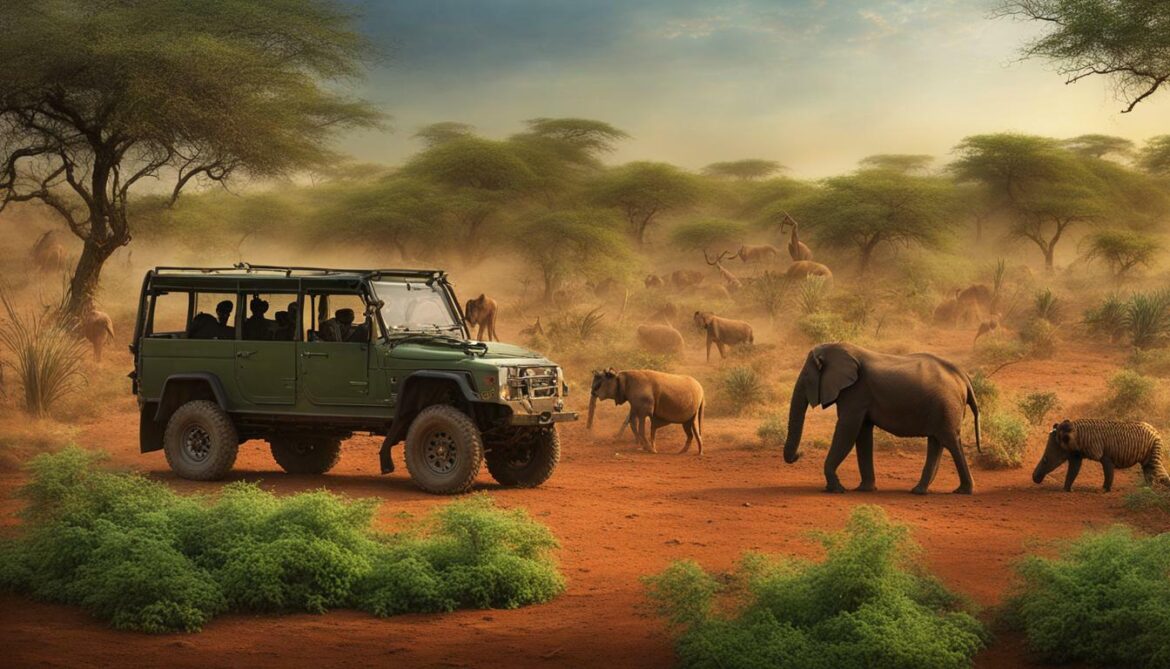nordic-circus.org – Burkina Faso, a landlocked country in West Africa, is home to a rich tapestry of biodiversity that supports its ecosystems, economy, and cultural heritage. From its diverse wildlife to its unique plant species, the country’s natural resources are both a source of pride and a critical asset that requires protection. This article explores the biodiversity of Burkina Faso, the threats it faces, and the conservation efforts underway to safeguard its natural heritage.
The Biodiversity of Burkina Faso
Burkina Faso’s biodiversity is characterized by a variety of ecosystems, including savannas, woodlands, and wetlands, each supporting a unique array of flora and fauna.
Flora
The country is home to over 3,000 plant species, many of which are endemic and play vital roles in the local economy and traditional medicine. These include various types of acacia trees, baobabs, and shea trees, which are not only ecologically significant but also economically important for producing shea butter.
Fauna
Burkina Faso’s wildlife is equally diverse, with over 500 bird species, 60 mammal species, and numerous reptile and amphibian species. Notable fauna include the West African lion, elephants, hippos, and a variety of antelopes. These species face numerous threats, including habitat loss, poaching, and climate change.
Threats to Biodiversity
The biodiversity of Burkina Faso is under threat from several factors, including:
Habitat Loss
Agricultural expansion, urbanization, and infrastructure development lead to the destruction of natural habitats, fragmenting ecosystems and reducing the space available for wildlife.
Climate Change
Changes in rainfall patterns and increasing temperatures are affecting the distribution and abundance of species, particularly those that are already endangered.
Poaching and Illegal Wildlife Trade
The illegal hunting of wildlife for meat, trophies, and trade is a significant threat to Burkina Faso’s biodiversity, pushing several species towards extinction.
Conservation Efforts
In response to these threats, various conservation efforts are being implemented to protect Burkina Faso’s natural resources:
Protected Areas
The establishment of national parks and reserves, such as the Arly-Singou and Deux Balé National Parks, aims to provide sanctuaries for wildlife and habitats. These protected areas are crucial for the survival of endangered species and the preservation of biodiversity.
Community-Based Conservation
Involving local communities in conservation efforts is essential for the success of biodiversity protection. Community-based initiatives empower locals to take an active role in managing natural resources, ensuring that conservation efforts are sustainable and benefit the people who depend on these resources.
International Collaboration
Burkina Faso is part of several international agreements and collaborations aimed at protecting biodiversity, such as the Convention on Biological Diversity. These partnerships provide support in terms of funding, expertise, and technology to enhance conservation efforts.
Conclusion
The protection of Burkina Faso’s biodiversity is not only crucial for the conservation of its natural heritage but also for the well-being of its people and the sustainability of its economy. By addressing the threats to biodiversity and implementing effective conservation strategies, Burkina Faso can ensure that its rich natural resources are preserved for future generations. The collective efforts of the government, local communities, and international partners are vital in this endeavor, highlighting the importance of collaboration in biodiversity conservation.
